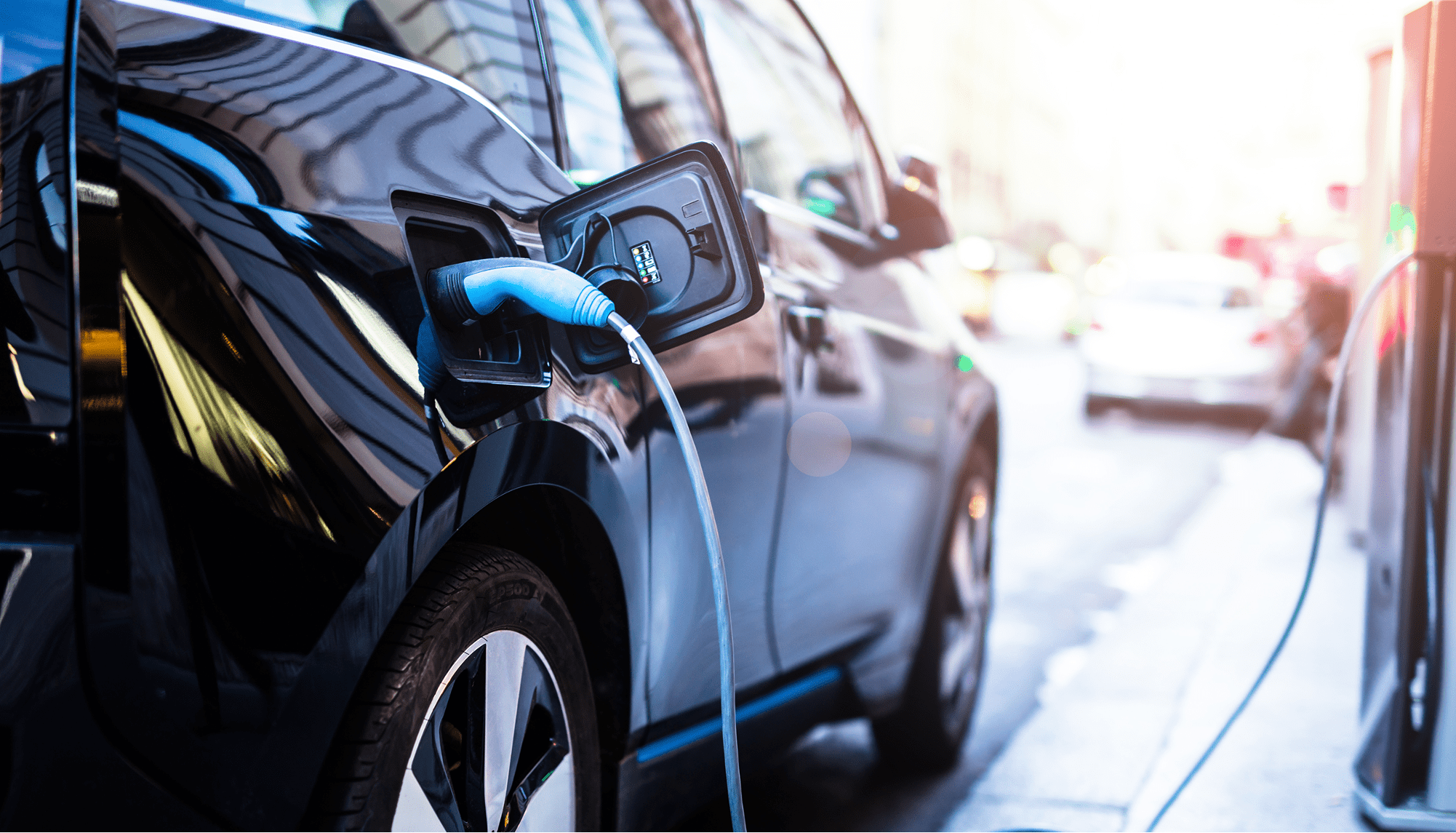NYC Electric Vehicle Infrastructure Assessment for For-Hire Vehicles
In 2022, Uber engaged HR&A to assess the current state of electric vehicle (“EV”) charging infrastructure available to New York City’s for-hire drivers and what is needed to reach the Mayor’s goal for zero emissions by 2030.
The report revealed critical gaps in the New York City’s infrastructure that will pose significant challenges to achieving this transition in the next 7 years and identified a set of strategies that bring together the City, utilities, EV charging companies, and mission-driven landowners to work together to accelerate the path to a cleaner, greener future.
The report recommends 10 strategies that will support enhanced access and affordability to EV charging infrastructure, build the processes and systems to support for-hire driver needs, and help achieve the 2030 zero-emissions goal:
- Identify high-need neighborhoods that overlap with where for-hire drivers live to prioritize where to place low cost and fast chargers.
- Work with utilities to identify high-volume pick-up and drop-off areas in which the grid currently has capacity to support new fast chargers.
- Develop a comprehensive EV infrastructure deployment plan to strengthen coordination with utilities, optimizing the City’s ability to achieve its emission reduction and environmental equity goals, and electrify the for-hire vehicle fleet.
- Aggressively pursue new federal funding opportunities to direct investment to target neighborhoods.
- Streamline the permit process for EV charging as part of the City’s ongoing efforts to improve land-use processes.
- Leverage real estate assets owned/managed by public or faith-based entities to provide land for accessible, affordable chargers in targeted neighborhoods and near high-volume trip areas.
- Explore land use incentives for private developers to integrate public chargers with no gate/parking fees into new developments.
- Continue targeted outreach and engagement specific to the for-hire vehicle industry.
- Support EV charging operators in communicating electricity prices and charger availability with drivers, as well as in developing driver-centric incentives to reduce charging during peak load times.
- Further develop a new pricing structure for the cost of power for charging operators that makes charging more affordable.
The report findings were announced within this Op Ed in the Gotham Gazette on February of 2023.
Read the report here.
